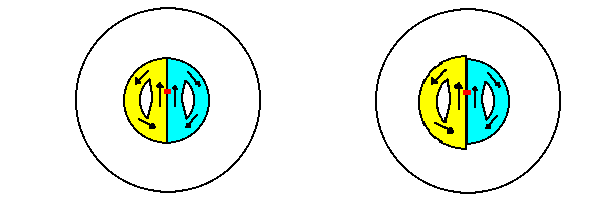Talkshop contributor ‘Bart’ has used a powerful mode of analysis of the sunspot record to reveal periodicities and also devised an elegant algorithm which can produce a time series very similar to the historical sunspot record. Bart does not explicitly link the two periods found to planetary periods as I have in the title of this thread to make it easy for Google to find us, but the two periods are very close to twice the orbital period of Jupiter and the synodic period of Jupiter and Saturn, which when averaged are close to the Hale cycle period. I got Bart’s permission to make an article, and Bart told me in comments here, that adjusting the two values to the exact planetary periods would make little difference to the result.
Modeling the historical sunspot record
I observed four significant peaks in the PSD of the SSN process at 10 years, 11.8 years, 10.8 years, and 131 years (unfortunately, the one at 131 years is obscured in the PSD I showed because I had to make the usual tradeoff between bias (resolution) and variance in my plot, and I chose to present a smoother version, the better to resolve the higher frequency peaks).
I made the assumption that the Sun spot number is a proxy for the magnitude of the process which is occurring. I redid the estimate using the magnitude squared because the autocorrelation function for the square of a Gaussian process is well known, as I related here:
Preliminary PSD analysis informs me that the solar cycle is governed by two quasi-periodic processes with periods of roughly T1 = 20 and T2 = 23.6 years.
The physical basis of the solar cycle was elucidated in the early twentieth century by George Ellery Hale and collaborators, who in 1908 showed that sunspots were strongly magnetized (this was the first detection of magnetic fields outside the Earth), and in 1919 went on to show that the magnetic polarity of sunspot pairs:
“Hale’s observations revealed that the solar cycle is a magnetic cyclewith an average duration of 22 years. However, because very nearly all manifestations of the solar cycle are insensitive to magnetic polarity, it remains common usage to speak of the “11-year solar cycle”.’
Is always the same in a given solar hemisphere throughout a given sunspot cycle;
Is opposite across hemispheres throughout a cycle;
Reverses itself in both hemispheres from one sunspot cycle to the next.





















